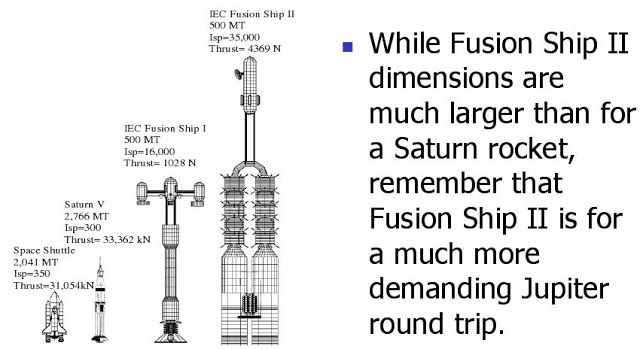Spasers can enable computers and electronics that are 100 times faster
Tel Aviv University (TAU) develops a groundbreaking nano-laser (called a SPASER) for medicine and electronics “Spaser” is an acronym for “surface plasmon amplification by stimulated emission of radiation” Spasers are considered a critical component for future technologies based on nanophotonics — technologies that could lead to radical innovations in medicine and science, such as a …





